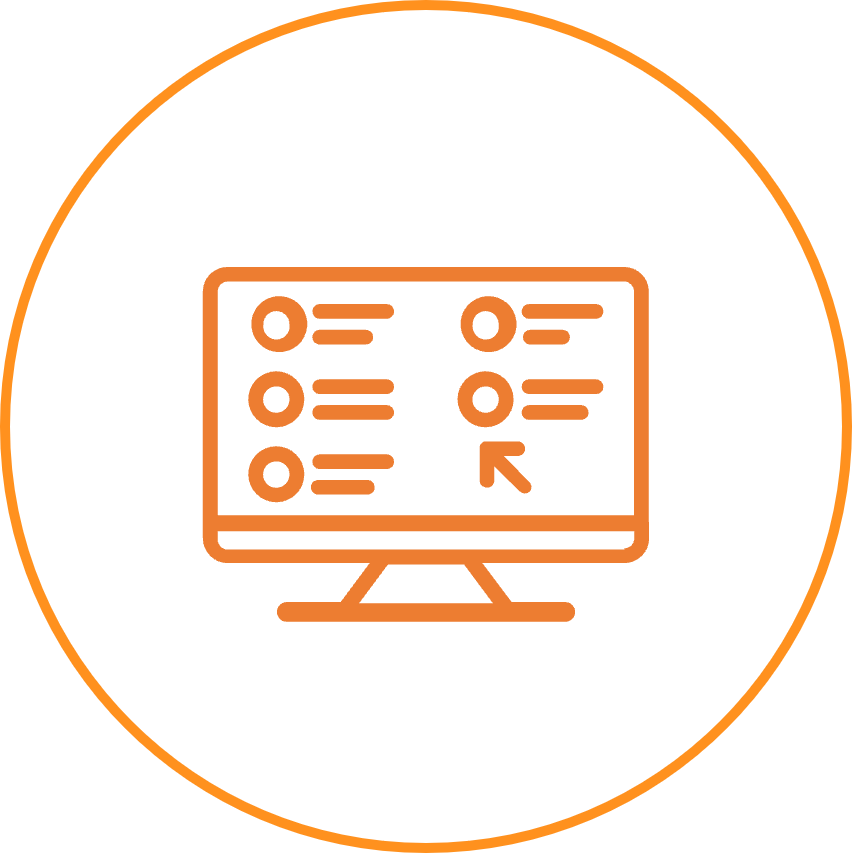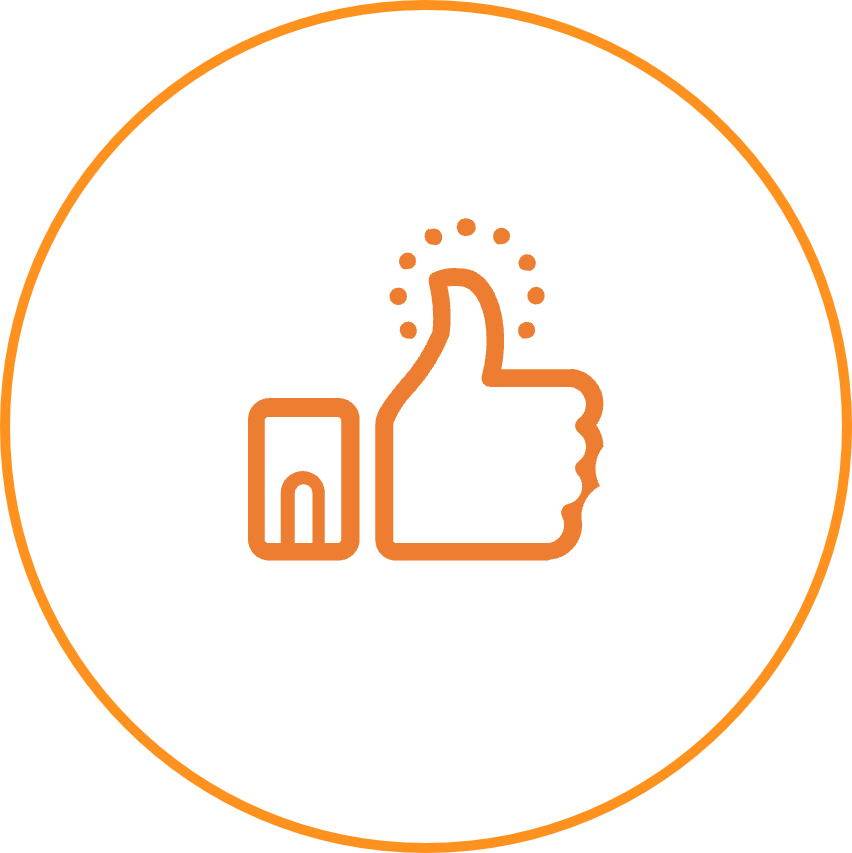
Supercharge your
teams
Align your teams with vision and strategy and
track performance and productivity.
Organizations are shifting to agile ways of working to foster continuous improvement
NimblTeams is a method for enhancing team performance:
Start small, introduce incremental change and measure outcomes
Empower teams to take accountability for performance improvements and how work is performed
Leverage existing methods for agile, design thinking and continuous improvement
Solving complex problems training
-
Module 1: Agile for Teams
Explain agile as a way of working and the different types of initiatives that are best suited for an agile approach
Discover how Programs aligns to the Enbridge corporate strategy and how it enables the function to deliver efficient and repeatable programs.
Start building a team vision that will inspire the team, achieve higher performance and enable continuous improvement mindset and structures.
Discover how the Team Effectiveness Survey can measure progress and lead to a high performing team.
-
Module 2: Agile Structures & Teams
Understand the composition of a typical Agile team and differences from traditional project management.
Distinguish between the roles of Product Owner, Scrum Master and Development Team members.
Describe how each role contributes to ensuring the team is developing activities that meet end user needs.
Describe the agile tools and rituals that enable high performance and achievement of goals.
Show how to break goals into weekly, monthly and quarterly activities to achieve objectives and how to visualize this on a team huddle board.
-
Module 3: High Performing Teams
Receive the tools to assess team member understanding of team and corporate vision and how they connect in as well as next steps if they don’t.
Describe what a signature vision statement is, why it is important, and have the tools and skills to start building one with your team.
Explain the behaviours that enable a high performing team: growth mindset, feedback, trust, vulnerability, safety, continuous improvement and learn ways to cultivate safety on the team.
-
Module 4: Agile + Design Thinking
Learn how to combine agile with design thinking to define problems statement that matter most to your business.
Build on team vision and strategy by shifting focus on end user needs.
Discover how to use Empathy Mapping, Personas and Journey Maps to identify pain points and opportunities to improve how work is performed, identify process efficiencies or enhance the services you provide to end users.
-
Module 5: Measuring Objectives & Key Results
Describe the goal of tracking performance for processes and projects and how good performance tracking can contribute to the team’s ability to continue making progress.
Explain the difference between the two key management systems: Objectives and Key Results (OKRs) and Key Performance Indicators (KPIs).
Discover when to apply each of these systems and understand why most improvement initiatives are best served by OKRs.
Discover how to use the Team Effectiveness Survey as a measure of performance.
-
NimblTeams Summary
Training is delivered in a practical way using real world initiatives and applying agile principles in real time. Teams learn agile methodologies and structures, apply human-centred design, and measure objectives and key results to quantify improvements.
Training is support by a Getting Started Guide to the tools and practices that help teams implement continuous improvement, including Understanding Problems, Setting Vision & Strategy, Sprint Planning, Weekly Meetings / Huddles (scrums), Sprint Reviews and Retrospectives and Tracking Results.
Each Module is ~90 minutes + 2 to 3 hours of work between sessions. Total time commitment is between 17.5 to 22.5 hours.
Enhancing Team Performance
Agile
Structures
Practical tools to create teams focused on improved performance.
Alignment with vision and strategy.
Huddle boards and collaboration tools.
Self-directed teams tracking activities to achieve objectives & key results.
Vision and Leadership Frameworks, Agile Methodology, Collaboration Tools, Design Thinking, LEAN / Six Sigma process design.
Continuous Improvement
Improve processes to continuously improve customer experience.
Challenges such as broken processes or technology that doesn’t work are prioritized.
Solution-based escalation to solve problems within the team’s control.
A tailored learning experience organized around the business challenges your team is trying to solve.
Create space for people to learn in their day-to-day roles while working on problems that matter.
Measure Effectiveness
Measures performance on key dimensions of team effectiveness:
Alignment with Vision
Effectiveness of Management Systems
Employee Voice, Belonging and Inclusion
Collaboration and Teamwork
Team Engagement Systems
Create a dashboard that correlate team effectiveness with key performance indicators.
Provide employees with a voice to escalate barriers to team performance and makes workplace issues visible.




